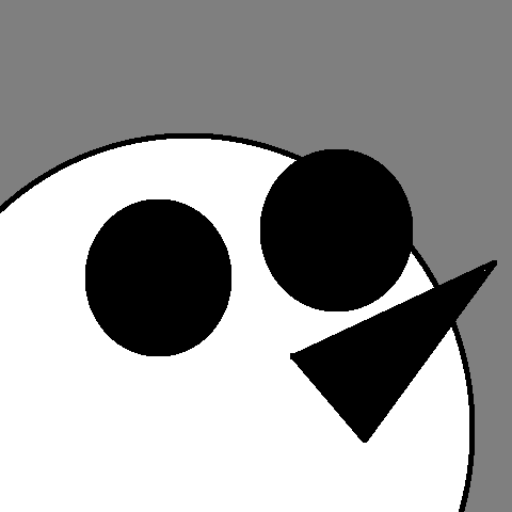 So this little box is the next thing that is transforming photography from the art of capturing a moment to the art of pointing a thing at a thing and then fooling around with it on the computer.
So this little box is the next thing that is transforming photography from the art of capturing a moment to the art of pointing a thing at a thing and then fooling around with it on the computer.
It’s very scientific and all that, which you could probably guess by the description that starts, “The very first light fields were captrued at Stanford University over 15 years ago…”
Really, all you need to know is that this little bugger captures a very full image, which means that you can change it in ways that were not possible before. If you want to understand the difference, look off at an object 5 feet away from you. While still focusing on that object, you can see that everything between you and that object and beyond that object is blurry. This is what we call depth of field.
The way cameras worked traditionally is similar to the way an eye works in that you would capture an image, and the depth of field was set, permanent. It was what your eye was seeing in that moment in time.
This camera, however, is a little different. You can experiment on their web site, but here’s a sample of how this would look:
Here’s picture A:
In picture A you can see that the can in the foreground is crystal clear, and the clarity fades as the row gets further and further away.
Let’s look at picture B:
In this image, the first can in blurry while the middle cans are clear.
Okay, so this is Photo 101, but the difference is that before, with film and digital, you had to decide what to include in your depth of field beforehand, as you took the picture. Once you took the picture, it was difficult to sharpen some parts while blurring others to create this effect. If you took picture A, it would take enough work to warp it into picture B that it was prohibitive. With the Lytro, you just click with the mouse. That’s it.
So this is awesome, technologically. But what about for photography?
To be honest, I think it must be harder and harder to be a professional photographer anymore. Even ten years ago, there was enough technique and practice that you could see a huge difference between an amateur and a pro. But now you can make up a lot of that difference with money and software.
It’s a fairly close analogue to hunting. Bow hunting is pretty challenging, and you have to be good at shooting, patient, and have some sort of skill to get close enough. If you were allowed to use top military technology, you could blow up a deer with a missile that you pilot, and you could screencap the entire event.
But on the other hand, I think bow hunting is kind of silly when one considers that you’re really just handicapping yourself for the sport of it. I mean, I sort of get it, but couldn’t you just start forcing sprinters to smoke cigars while they ran? Or why not hunt with only a knife?
What I’m getting at here is that there is, to me, a disappointing and sad devaluing of the photographic image because an image is no longer what it once was, which is a moment of time captured for others to see (at the least) and an artistic interpretation of that moment (at best). Whereas before the photographer had to do both of those things at once, now all that is required is to point and shoot. You can worry about the rest later.
These improvements in technology can have an upside. For example, the fact that someone can now make a feature-quality film with equipment that can be purchased at Best Buy is pretty awesome in that it allows people with ideas to create and make something that maybe would not have been made if it had to go through a studio. But the downside is that all of this equipment being available means that it’s also available to dummies who have no ideas and figure the good ideas will just come to them at some point.
The technology also gets rid of something that we don’t talk about a lot in art: the complete fuck-up.
Take this A and B example, also from the Lytro web site:
Okay, artistic license and all that, but I think most people would agree that photo A is a fuck-up. You’ve captured an interesting background, but with a blob in the foreground that’s way more interesting than what you focused on. Alright, so you fucked up.
But fucking up is how you learn to do things right. When you develop this picture, that’s the moment when you say, Okay, next time I need to make a different aperture adjustment to capture exactly what I want.
And fucking up is important because if every photo is edited to be perfect, then a good photo really has no value anymore.




